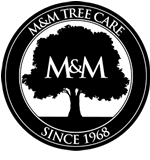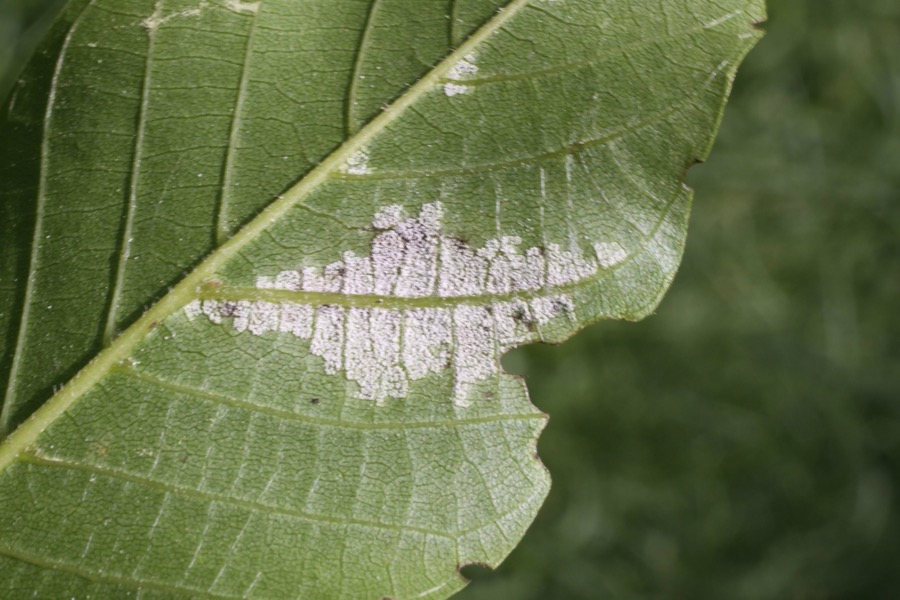Image Credit: Petr Kokeš
Downy Leaf Spot is a fungus that creates a white downy (powdery) coating on the underside of leaves, often concentrating along the leaf veins. Downy Leaf Spot begins to show as your trees’ leaves reach full size in spring. After a bit, the fungus will create yellow and even brown spots on the leaves.
What is Downy Leaf Spot?
Downy Leaf Spot is a fungus named Microstroma Juglandis that causes white growth and yellow and brown spots on trees. You may hear Downy Leaf Spot also called white mold or white leaf spot. It appears most often in wet years and in tree growth areas with little air circulation because the mold likes damp areas. In Wisconsin, you will most commonly find Downy Leaf Spot infecting walnut, butternut, pecan, or hickory trees.
Downy Leaf Spot will not kill your tree, but it can weaken the tree to make it more susceptible to other diseases or pests.
The Downy Leaf Spot fungus hides in twigs and buds and will overwinter in a tree. It can even create an abnormal clustering of twigs called a broom formation. The leaves in these “brooms” tend to be stunted and yellowish with an early die off, meaning they will drop early in the season.
How Can I Get Rid of Downy White Spot?
Since the fungus hides in the twigs and leaves, like most tree diseases, proper management of fallen leaves, twigs, and branches is important so that the disease is less likely to spread to other nearby trees. Make sure all debris around a tree is removed before a tree begins to bud in the spring.
It is possible to treat for downy spot using anti-fungal products in the spring, though if the foliage of a large tree requires spraying, you may find treatment expensive. Treatment is best in early spring before the leaves come out.
Here is a key point. Make sure you don’t confuse Downy Leaf Spot with downy mildew because downy mildew is a completely different parasite that requires different types of chemicals to eliminate than Downy Leaf Spot. What works for one will not work for the other because downy mildew is not a fungus.
The best thing to do is have an arborist assess your tree to talk to you about your options. If you feel like treatment of your tree is a good option, you can schedule a treatment for the following spring to help your tree be fungus free in future years.
Share this Post

